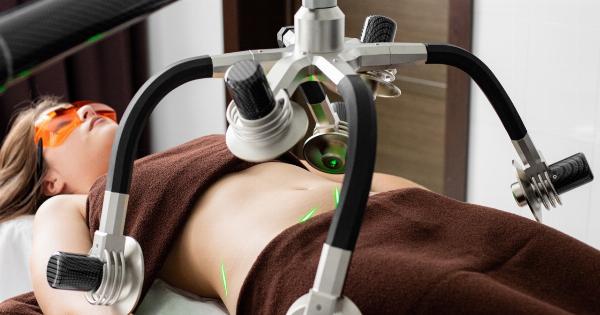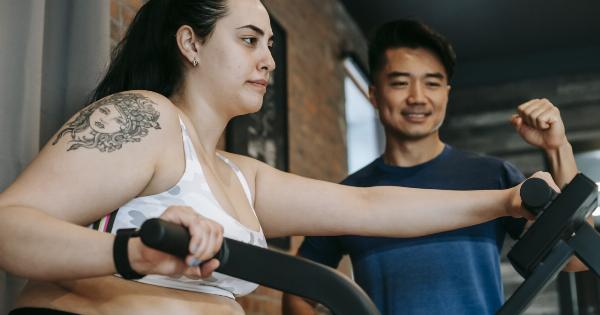High sugar, pressure, and cholesterol levels can put you at risk for heart disease, stroke, and other health problems. While medication can be effective, many people would prefer to reduce their risk through natural means.
One of the most powerful ways to do so is by getting regular exercise.
How Exercise Helps
Exercise can benefit your body in numerous ways, including:.
- Reducing blood sugar levels: Exercise helps your cells become more sensitive to insulin, a hormone that regulates blood sugar. This allows your body to use glucose more efficiently, reducing the amount of sugar in your blood.
- Lowering blood pressure: Exercise causes blood vessels to dilate, making it easier for blood to flow through them. This reduces the pressure on your arteries, decreasing your risk of heart disease and stroke.
- Reducing cholesterol levels: Exercise can increase HDL (good) cholesterol levels and lower LDL (bad) cholesterol levels. This can help prevent cholesterol buildup in your arteries.
What Types of Exercise are Best?
Any type of physical activity can be beneficial, but some types may be more effective at reducing sugar, pressure, and cholesterol levels. Here are a few examples:.
Aerobic Exercise
Aerobic exercise, also known as cardio, is any activity that gets your heart rate up and makes you breathe harder. Examples include:.
- Running
- Brisk walking
- Cycling
- Dancing
- Swimming
Aerobic exercise can help reduce blood sugar, pressure, and cholesterol levels. Aim for at least 30 minutes of moderate-intensity aerobic exercise most days of the week.
Resistance Training
Resistance training, also known as strength training or weightlifting, involves using weights or resistance bands to strengthen your muscles. Examples include:.
- Lifting dumbbells
- Using weight machines
- Doing bodyweight exercises
Resistance training can help reduce blood sugar and pressure levels, and may help increase HDL cholesterol levels. Aim for at least two strength training sessions per week.
Yoga
Yoga is a type of exercise that involves stretching, strengthening, and balancing your body while also focusing on your breath and meditation.
Studies have found that yoga can help reduce blood sugar and pressure levels, and may also improve cholesterol levels.
Aim for at least one or two yoga sessions per week. If you’re new to yoga, start with a beginner class and work your way up to more advanced poses.
Tips for Getting Started
If you’re new to exercise or haven’t worked out in a while, it’s important to start slowly and gradually build up your intensity. Here are a few tips to help you get started:.
- Check with your doctor: Before starting any exercise program, it’s important to talk with your doctor, especially if you have any existing health conditions.
- Set realistic goals: Start with small, achievable goals and gradually increase your intensity over time.
- Find activities you enjoy: Exercise doesn’t have to be boring! Try different activities and find ones that you enjoy. This will make it easier to stick with your routine.
- Get support: Exercise with a friend, join a class, or hire a personal trainer. Having support can help keep you motivated and accountable.
- Make it a habit: Aim to exercise at the same time every day and make it a part of your routine.
Conclusion
Exercise is a powerful tool for reducing your risk of heart disease, stroke, and other health problems. By reducing blood sugar, pressure, and cholesterol levels, you can improve your overall health and well-being.
Whether you prefer aerobics, strength training, yoga, or another form of exercise, it’s important to make physical activity a regular part of your life.


























